
Challenges in AI Infrastructure for
Enterprise Foundation Models
Jeffrey L. Burns, Ph.D.
Director, AI Compute and IBM Research AI Hardware Center
IBM Research
August 9, 2023
IBM Research / © 2023 IBM Corporation
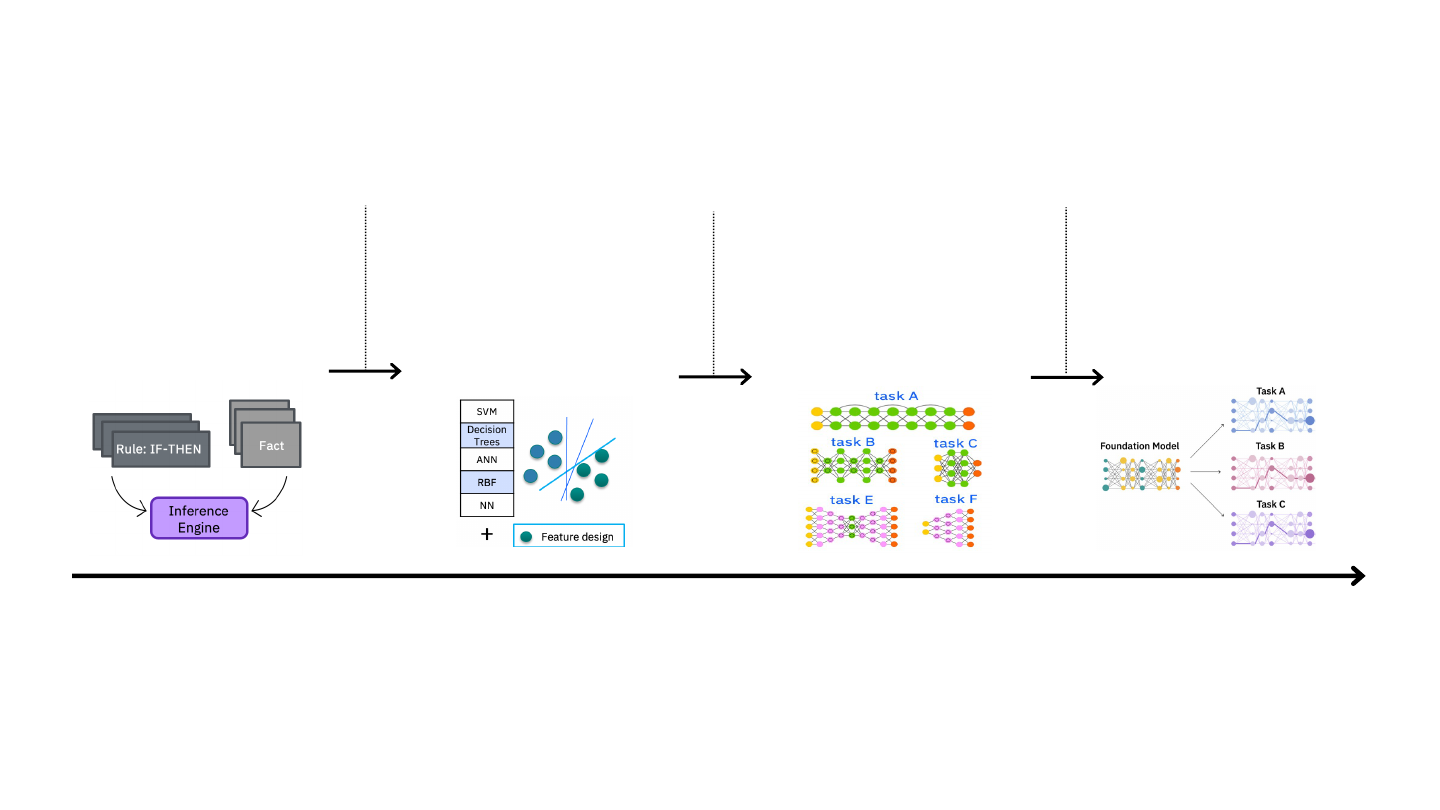
Foundation Models: An inflection point in
generalizable and adaptable representations
2
Expert Systems
Hand-crafted symbolic
representations
Machine Learning
Task-specific hand-crafted
feature representations
Deep Learning
Task-specific learnt
feature representations
1980s
1980s to 2012
Big data
Massive labeled data
+
Compute
Foundation Models
Generalizable & adaptable
learnt representations
Self-supervision at scale
+
Massive unlabeled data
+
Compute
2018+
IBM Research AI Hardware Center / © 2023 IBM Corporation
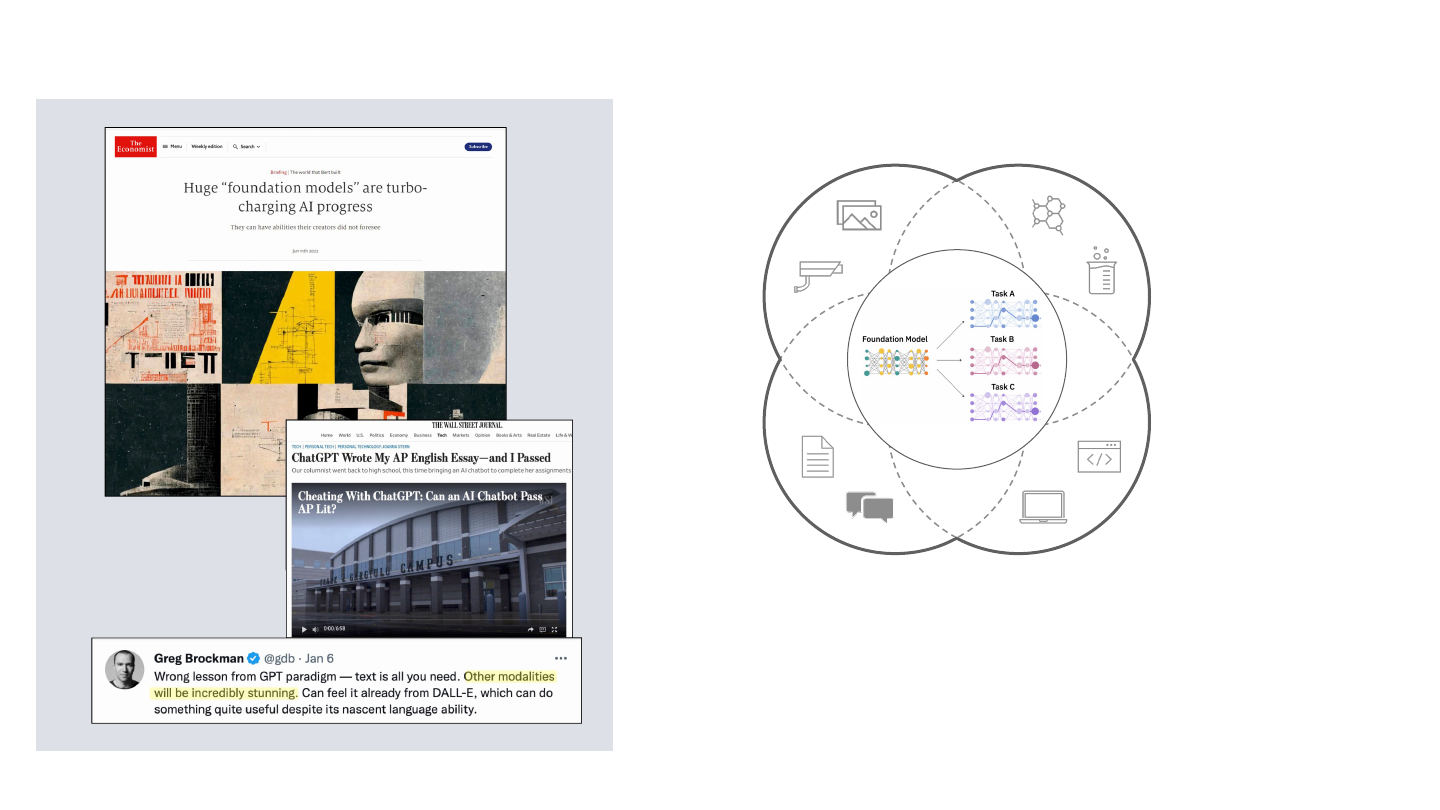
Incredible opportunities around enterprise applications
In each of these domains there is ample unlabeled data
available in enterprises, which can be used to train custom
foundation models, potentially opening the doors for solving
business problems that were previously considered intractable.
3
Chemistry
& Materials
Sensor Data
Natural Language
Programming
Languages (Code)
Structured
Business
Data
Geospatial
Data
Speech
IT Data
IBM Research AI Hardware Center / © 2023 IBM Corporation

Geospatial Foundation Models
4
Pre-trained on sufficient datasets in
partnership with content-rich institutions
(e.g. NASA)
Leverage self-supervised learning (i.e., masking
imagery or timeseries)
Able to effectively complete multiple downstream tasks
while meeting accuracy baselines (e.g., flood mapping, land
cover classification, outage prediction)
Note: while transformer architecture is most prevalent in foundation
models, definition not restricted by model architecture
IBM and NASA have teamed up to apply
foundation
model AI technology
to leverage earth science data
for
geospatial intelligence
.
This work with NASA is part of an effort across IBM
Research to pioneer
applications of foundation
models beyond language.
IBM Research AI Hardware Center / © 2023 IBM Corporation
https://www.earthdata.nasa.gov/news/impact-ibm-hls-foundation-model
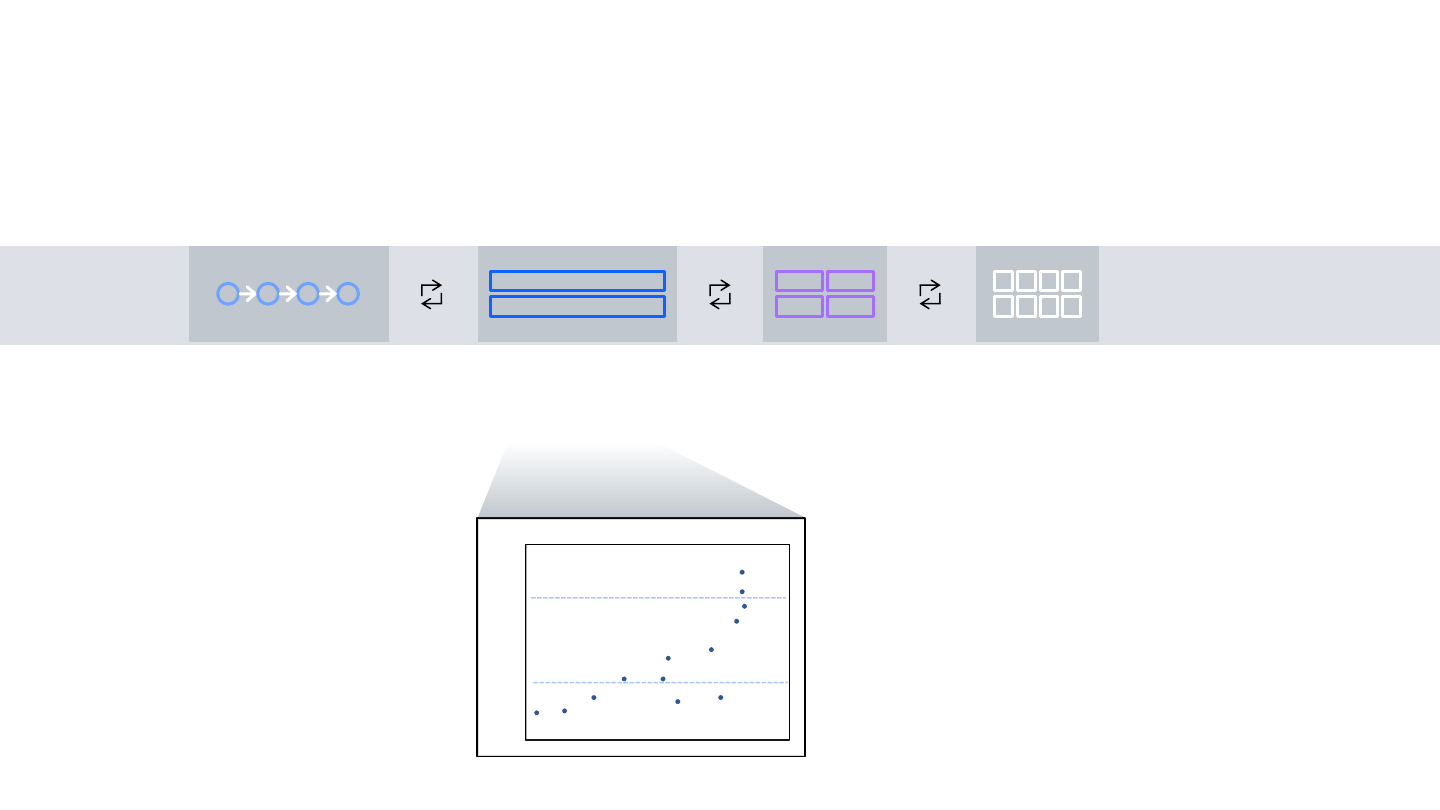
Optimizing the infrastructure for Foundation Models
Across the whole AI workflow
InferenceModel adaptationDistributed training
and model validation
May have sensitivity to
latency/throughput,
always cost-sensitive
Long-running job on
massive infrastructure
Data preparation
e.g., remove hate
and profanity,
deduplicate, etc.
ELMo
BERT Large
GPT-1
GPT-2 RoBERTa Large
Megatron
ALBERT xxl
Microsoft T-NLG
ELECTRA Large
GPT-3
GShard
Baidu RecSys-C
Baidu RecSys-E
1.00E+07
1.00E+08
1.00E+09
1.00E+10
1.00E+11
1.00E+12
1.00E+13
1.00E+14
Model Size (# of Params)
2018 2019 2020
1 billion
1 trillion
Model tuning with
custom data set for
downstream tasks
6
IBM Research AI Hardware Center / © 2023 IBM Corporation

AWS AzureOn-Prem
World-class infrastructure for training, tuning
and serving foundation models
(on-prem and in the cloud)
Platform that deliver portability and abstracts
infrastructure complexity
Middleware that simplifies end-to-end AI
workflow and optimizes use of underlying
infrastructure
Building the FM technology stack
7
IBM Research AI Hardware Center / © 2023 IBM Corporation
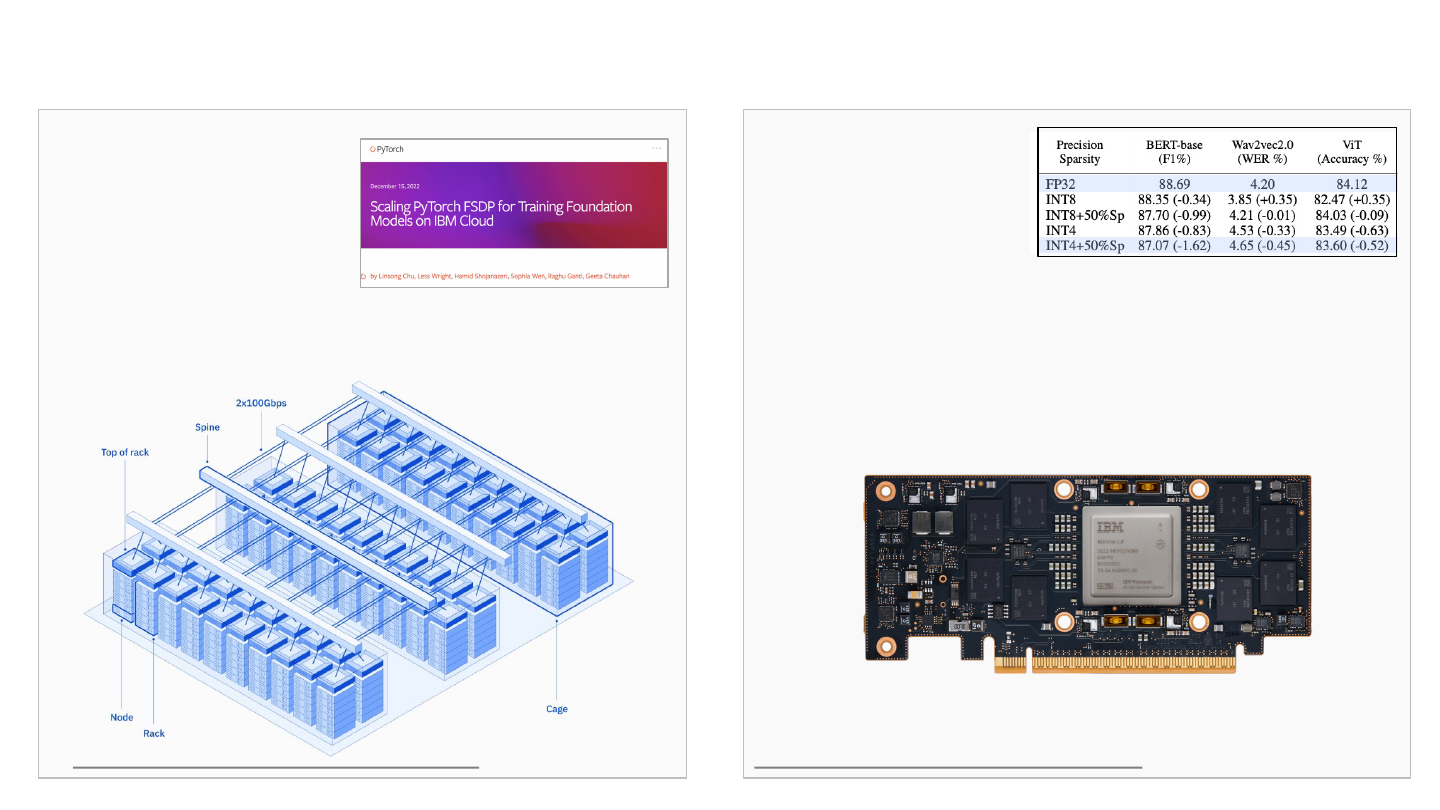
AI-optimized infrastructure
Cloud-native design for
large-scale distributed
model training
Training: Vela
N. Wang et al, NeurIPS 2022
https://research.ibm.com/blog/AI-supercompu te r -Vela-GP U-cluster https://research.ibm.com/blog/ibm-artificial-intellige nce-unit-aiu
Inference: IBM AIU
Designed for energy-
efficient AI compute at
reduced precision
8
IBM Research AI Hardware Center / © 2023 IBM Corporation

IBM Research AIU background
Gen-3 AI Core
Prototype
2019
IBM Research AI Hardware Center / © 2023 IBM Corporation
AI accelerator
Core
IBM z16 Te l u m Chip
2022 GA
1 Gen-3 AI Core
AIU (Artifical Intelligence Unit)
2022
32 Gen-3 AI Cores
AIU overview:
• Complete AI accelerator, plugs into a standard PCIe slot
• 32 Gen-3 AI cores
• Optimized for AI inferencing, supports all operations for fine-tuning
and training as well
• Designed to ease cloud integration, enabled in Red Hat stack
• Support for all common neural network types
zAIU overview:
• One Gen-3 AI core, integrated in the z16
processor chip
• Off-loads AI tasks from the 8 CPU cores
• Optimized for in-transaction AI inferencing
• Seamless integration into z software stack
zAIU
9
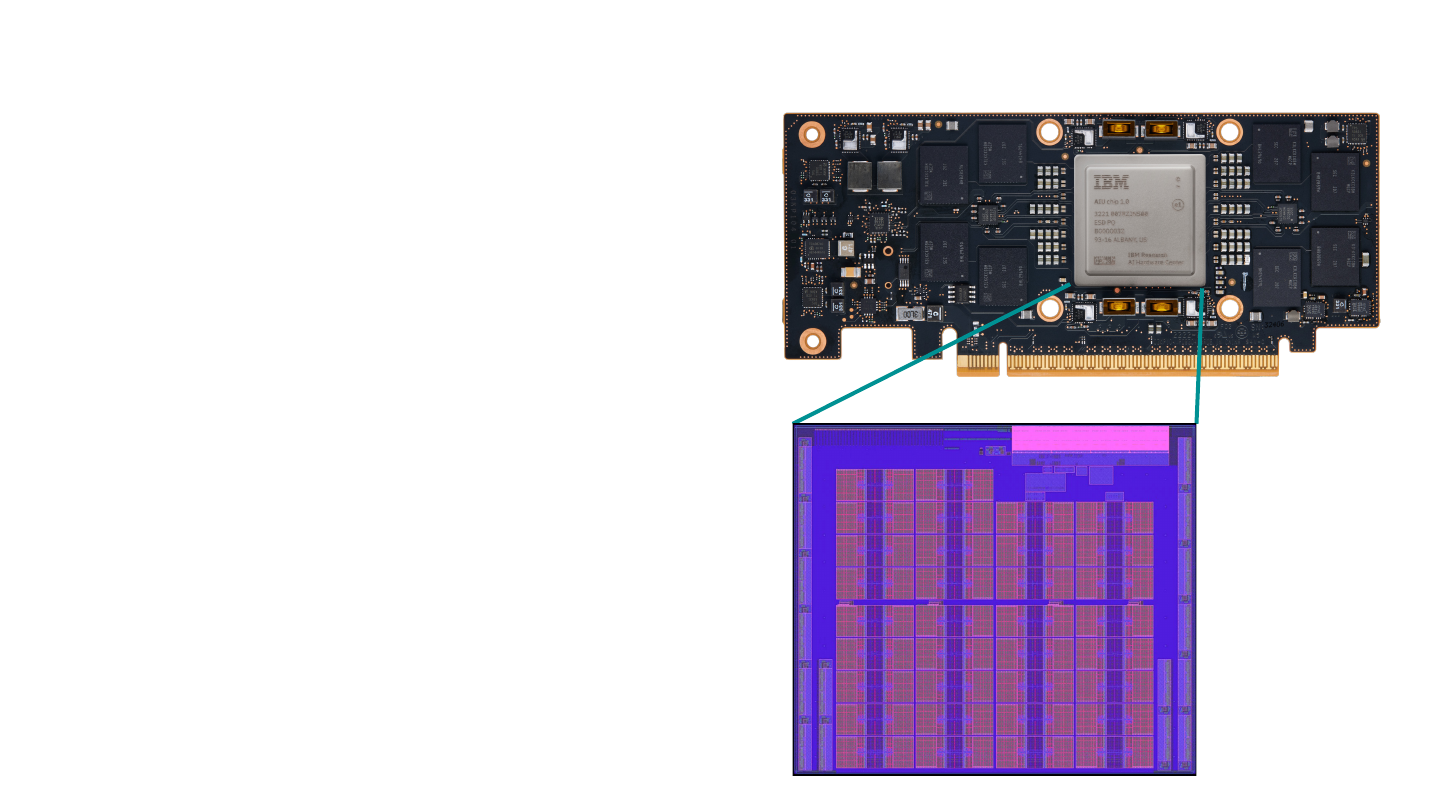
IBM Artificial Intelligence Unit (AIU)
SoC implements IBM’s leadership innovations in low-
precision AI arithmetic and algorithms
– Chip architecture optimized for enterprise AI workloads,
including foundation models
– Enabled in the Red Hat and Foundation Models software
stacks
– Supports multi-precision inference (and some training)
FP16, FP8, INT8, INT4, INT2
– Implemented in leading edge 5nm technology
10
IBM Research AI Hardware Center / © 2023 IBM Corporation
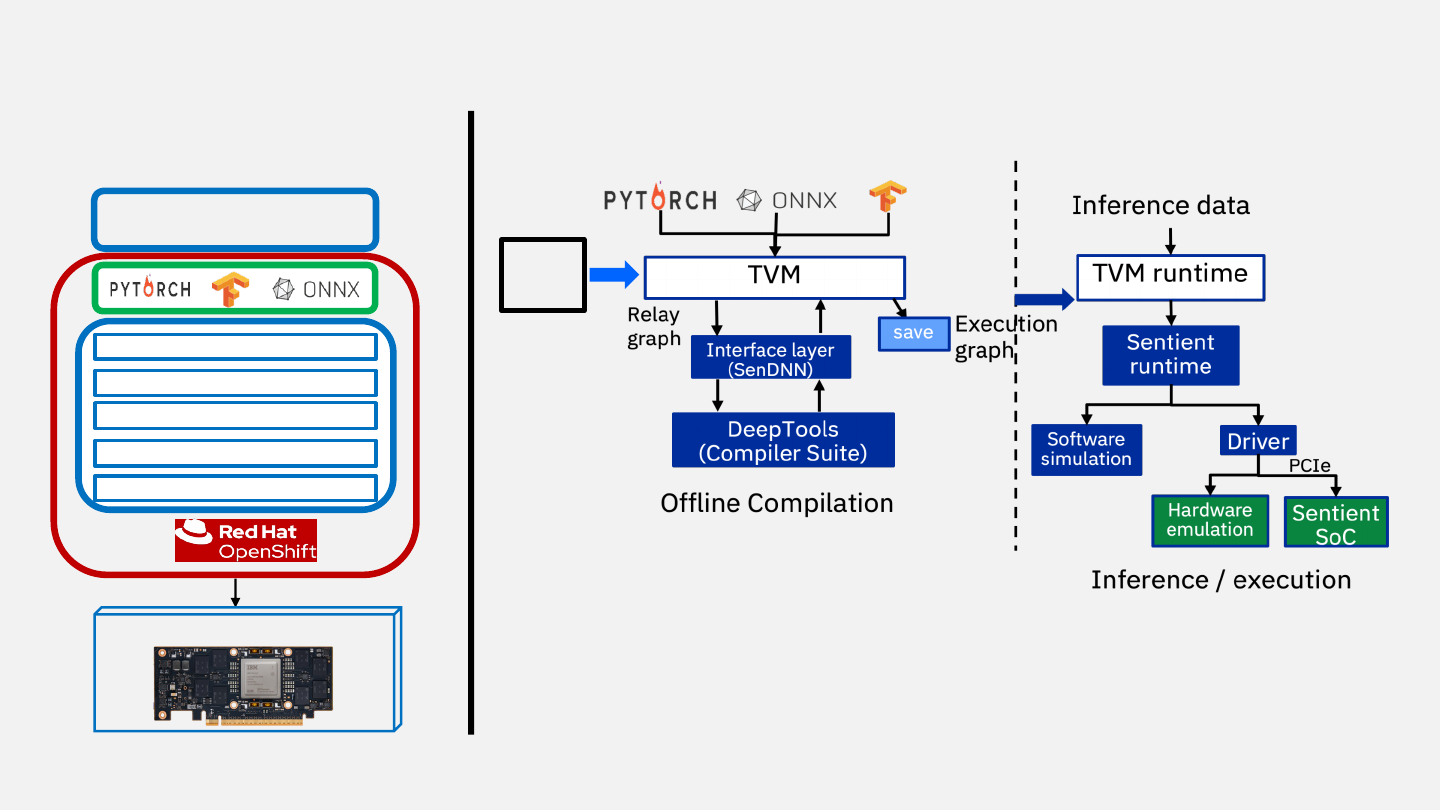
IBM AIU inference stack integrated with watsonx
11
IBM Research AI Hardware Center / © 2023 IBM Corporation
TVM: Tensor Virtual
Machine, open-
source
framework/runtime
Model
Optimizer
(SenQNN)
Key challenge: develop the entire AIU software stack
in parallel with developing the SoC and PCIe card
PCIe
IBM AIU Card
watsonx Services
AIU (DeepTools) Compiler
Model Optimizer
AIU Runtime
AIU Driver
AI Framework Integration
User’s view: watsonx
services (only)
Internal software architecture
components

12
IBM Research AI Hardware Center / © 2023 IBM Corporation
• Emulation systems have been essential for:
• Hardware verification: Uncover functional/performance bugs
• Software development: Provide platform for chip internal/external software development
IBM AIU emulation overview
IBM AIU
Synopsys ZeBu
• 96 Xilinx VU440 FPGAs
• Hardware verification
• Compiler / hardware co-
development
Synopsys HAPS
• 4-8 Xilinx VU440 FPGAs
• Device driver development

Full AIU computational emulation
13
IBM Research AI Hardware Center / © 2023 IBM Corporation
SenLib
Driver
Virtual Machine
ZeBu Host PC
PCIe-Xtor
Software
PCIe-Xtor
Hardware
Virtual PCIe
Link
IBM AIU
§ Objective: high-fidelity model of all computational
elements – cores and interconnect – of the SoC
§ Model build:
§ ZeBu system from Synopsys
§ 96 Xilinx VU440 FPGAs
§ Very high fill rate, ~90% LUT utilization
§ 24h model build time (RTL to bitfiles)
§ 1 – 1.5 MHz operating frequency; limited by
memory interface
§ Impact highlights:
§ Found several high impact hardware bugs
§ Rare, hard to hit scenarios, practically
impossible to find in simulation
§ Vital for compiler development
§ Complete cycle-accurate processing of 1
image: 1 min on ZeBu vs. 9 hours in
simulation
Example
Number of different NNs exercised
14
Tests run (32 images/features per run)
100,000
Image/feature inferences completed
3.2 million
Total emulation run time
7000 hours
Equivalent SoC run time
7 hours
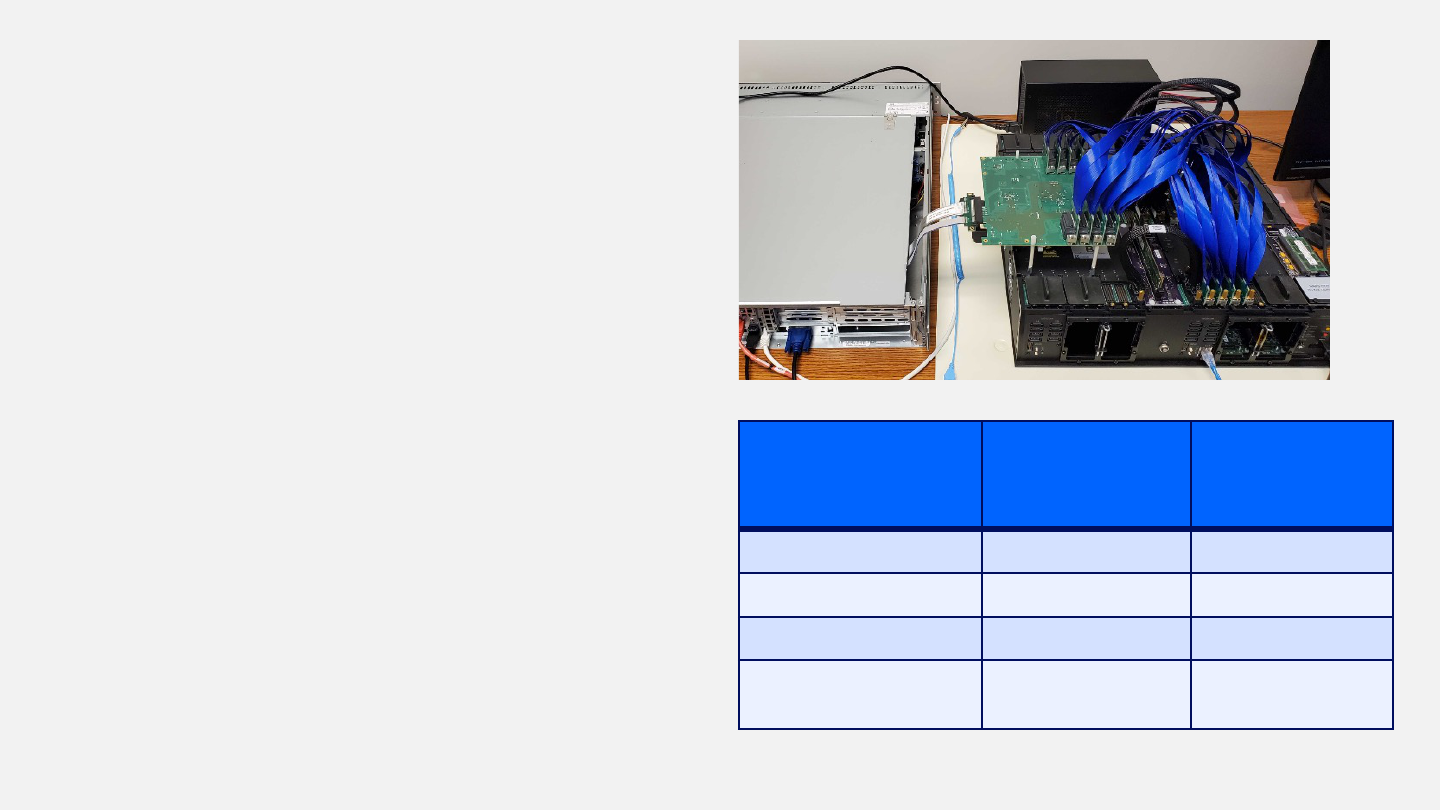
AIU nest emulation
14
Why a second emulation platform?
• Develop device driver stack for AIU: require SoC-
like hardware fidelity (e.g., host-PCIe interface)
Platform and model details:
• HAPS system from Synopsys
• 4-8 Xilinx VU440 FPGAs emulate a mini SoC
– SoC faithful nest + 1 AI core (vs 32 AI cores)
– Running at MHz speed
• Includes PCIe Gen5 PHY daughter card from
Synopsys
• Includes DDR4 DIMMs
• Uniquely suited for AIU driver development
– Faithfully realizes the host-PCIe interface of the
SoC
IBM Research AI Hardware Center / © 2023 IBM Corporation
Network
HAPS runtime
(sec/image or
sec/feature)
ZeBu
runtime
(sec/image or
sec/feature)
ResNet50
1.46
10.02
MobileNetV1
0.59
3.37
InceptionV4
4.35
43.76
BERT
-large
(seq=384)
67
292

Modeling and emulation impact
15
§ Multiple software and FPGA-based methods have been essential to IBM’s full-stack AIU and AI
system development
§ Our SoC design process leverages multiple levels of simulation for architecture development, logic and
chip design, and design verification
§ Our software stack development, accelerator software integration development, and compiler /
hardware co-optimization leveraged FPGA-based emulation systems
§ Full-chip emulation via ZeBu for full-chip performance & accuracy analyses of AI models on multi-
core models, compiler optimizations, architectural modifications and power estimation
§ Detailed SoC nest emulation via HAPS for device driver development, low-level software stack
development, and evaluation of multi-chip configurations
§ These methods enabled us to develop a full system, end-to-end hardware and software stack for
Foundation Model inference in parallel to SoC and PCIe card development
IBM Research AI Hardware Center / © 2023 IBM Corporation
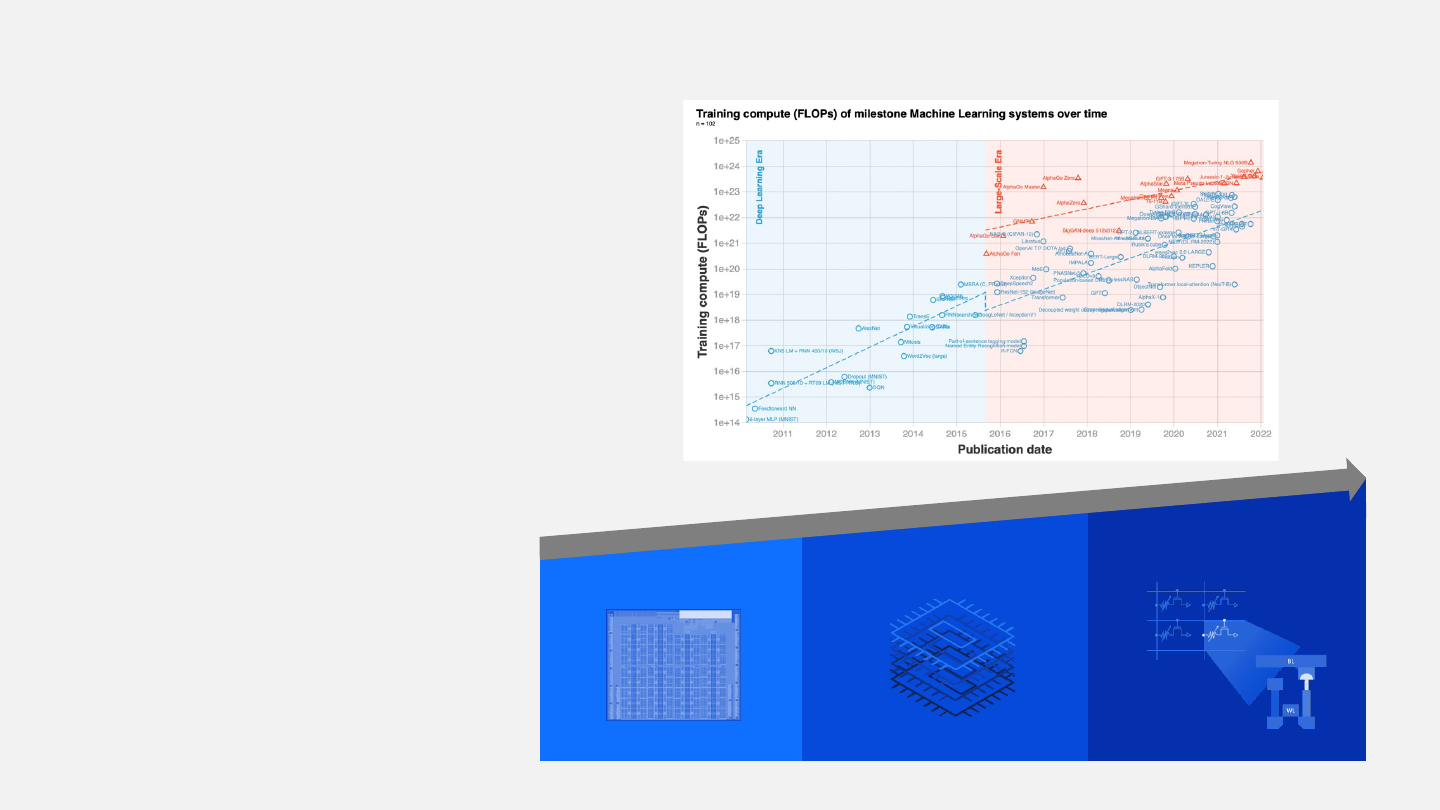
16
IBM Research AI Hardware Center / © 2023 IBM Corporation
Foundation Models are an inflection point for enterprise AI
Sevilla, arXiv ‘22
• Our approach emphasizes:
• Cloud-native architectures
• Ease-of-use for developers and
clients
• Hybrid cloud consumption
• AI accelerator design and
technology innovations
Innovation: Algorithm + Architecture
Augmented w/ Heterogeneous
Integration
Reduced Precision Arithmetic
Augmented w/ Analog Compute
+ +
• FMs enable a proliferation of task-
specific models, but with large and
escalating compute demands
• Inference, fine-tuning, and distributed
training systems differing in
requirements
• Full-system innovation is required
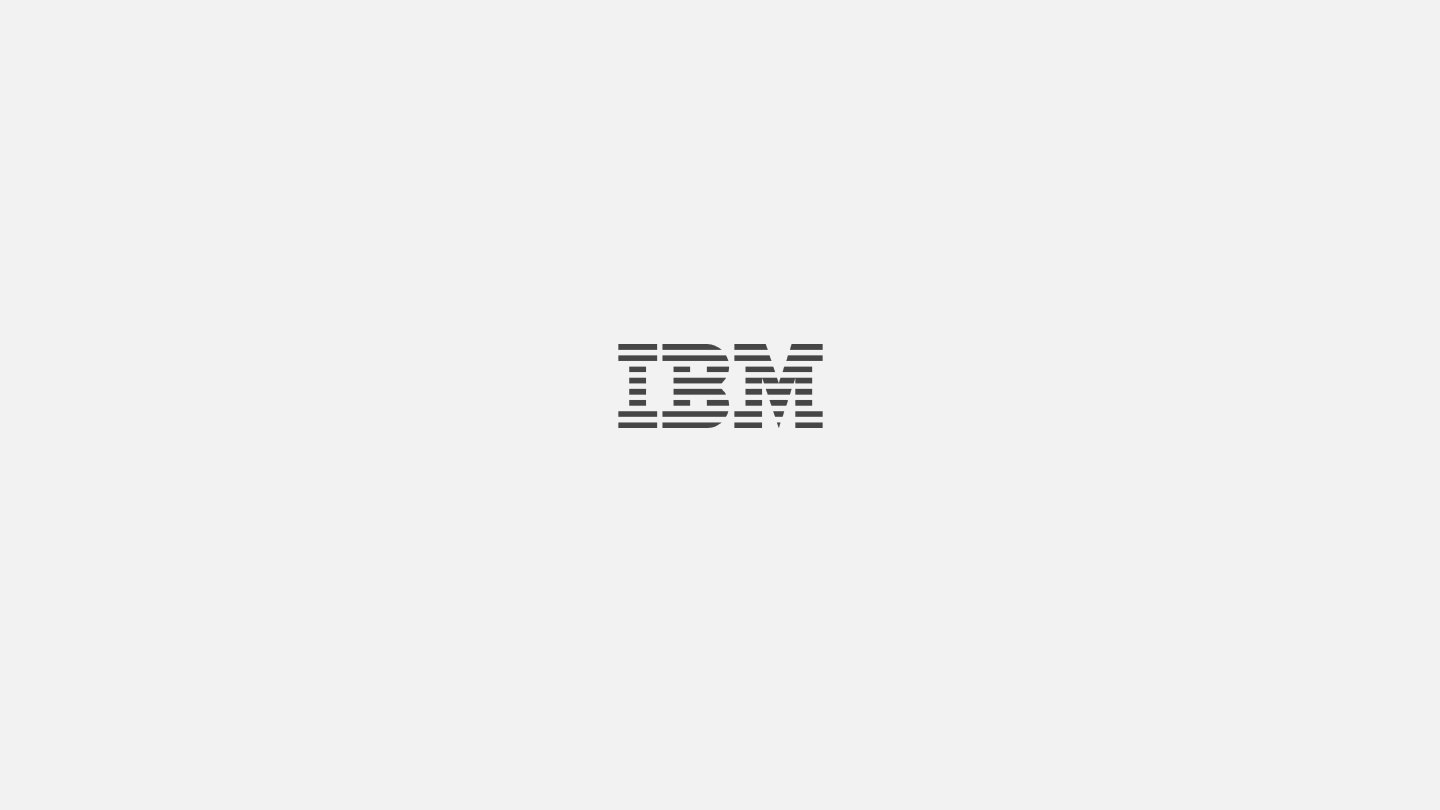
17
IBM Research AI Hardware Center / © 2023 IBM Corporation

